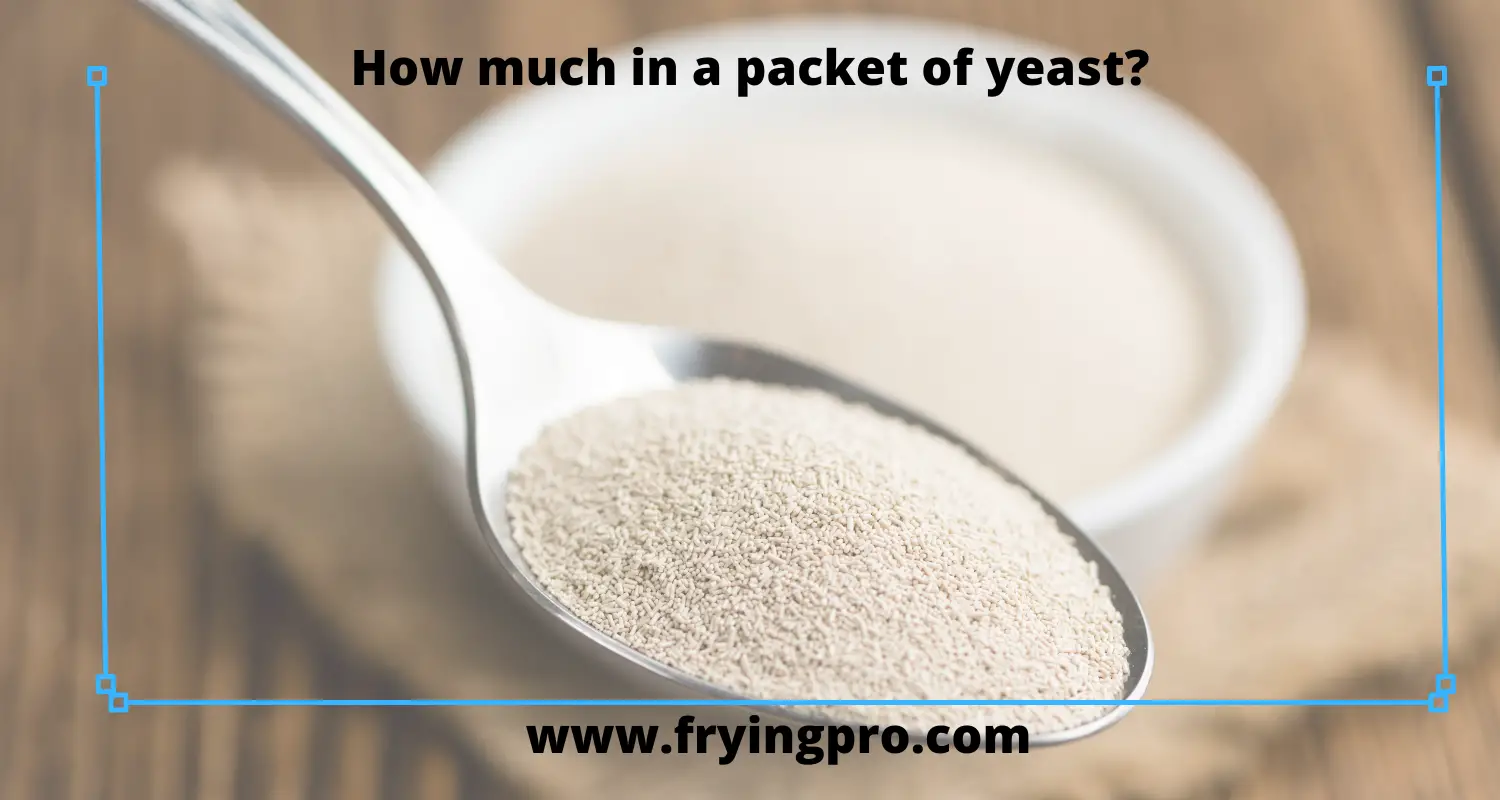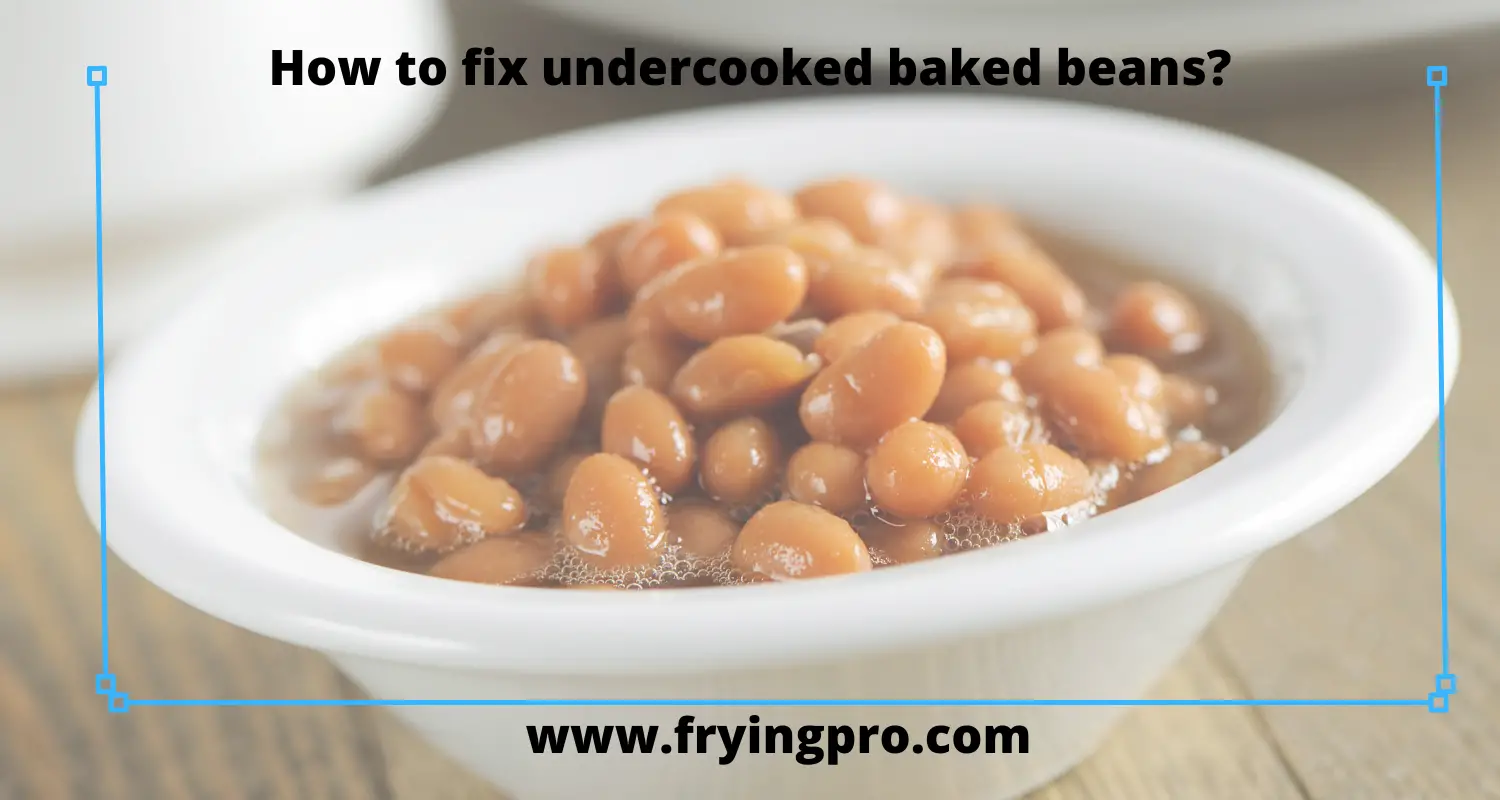Table of Contents
- Does frying kill botulism?
- Origin of Botulism:
- Symptoms of Botulism:
- Types of Botulism
- Sources of botulism
- Frying kill botulism
- High Temperatures and Botulism:
- Steps for frying to kill botulism
- How to Avoid Botulism:
- Conclusion :
Does frying kill botulism?
Botulism is a deadly paralytic disease caused by the bacteria Clostridium botulinum, which produces a toxin. Botulism is an uncommon but severe food poisoning that can be fatal. Adult and infant botulism are two forms of botulism poisoning associated with meals.
With the increased use of canned and preserved foods, botulism has become a more common form of food poisoning. This disease has prompted the often asked question that whether frying kills botulism?
Yes, it is true that frying botulism-contaminated food can kill the bacterium. Until the bacterium is heated at about 176 degrees Celsius, it produces spores that are not harmful to people. However, if it is heated above 176 degrees Celsius, the spores die and become inert.
Origin of Botulism:
Botulism bacteria, commonly known as botulism germs or neurotoxins, grow anaerobically, which means they develop in the absence of air—especially in home-canned foods and animal and human intestines. The bacteria generate spores that are highly resistant to heat and chemicals, but under the proper environmental conditions, can become active
Its spores can be found in soil all over the world and can contaminate crops in the field and other natural products such as syrup and honey. C. botulinum’s neurotoxin is one of the most deadly food poisons known. Fortunately, heat destroys the toxin, so cooking is a good way to avoid botulism.
Symptoms of Botulism:
Botulism is a rare type of food poisoning that can be fatal. It is caused by a bacterium called Clostridium botulinum, which produces a toxin that affects the nerves in your body and in your gastrointestinal tract. The bacteria itself isn’t usually harmful; it’s actually used in some medications to help with eye problems.
For most healthy adults, the bacteria only causes problems when they swallow something that already contains the toxin or has spores of the bacteria on it. In these cases, symptoms often begin within 12 to 72 hours after eating contaminated food. Symptoms include:
Vision problems such as blurred or double vision Vomiting Diarrhea Weakness Dizziness Drooping eyelids Difficulty swallowing Muscle weakness Trouble breathing
If untreated, the paralysis and respiratory failure caused by botulism can lead to death in a few days.
Types of Botulism
There are 5 main types of botulism:
- Foodborne — food poisoning from eating contaminated food
- Wound infection (usually fairly minor) associated with injecting illegal drugs
- baby bottle syndrome Infant — infant botulism occurring when babies younger than 6 months old consume spores found in honey
- Clostridium — generalized infection usually after an open wound Botulinum toxin is used for cosmetic and medical reasons and is reasonably safe if injected properly
- Neurotoxin — the deadliest form of all forms of botulism that can progress rapidly through your body and kill you within hours
Other agents — such as environmental toxins, venom from certain snakes, and chemicals
Sources of botulism
Botulism bacteria, commonly known as botulism germs or neurotoxins, grow anaerobically, which means they develop in the absence of air—especially in home-canned foods and animal and human intestines.
The bacteria generate spores that are highly resistant to heat and chemicals, but under the proper environmental conditions, can become active
Its spores can be found in soil all over the world and can contaminate crops in the field and other natural products such as syrup and honey.
C. botulinum’s neurotoxin is one of the most deadly food poisons known. According to the Colorado State University Extension, there are six major sources of botulism. These include
- Canned food
- Low-acid foods improperly handled,
- Home-canned food with insufficient acidity,
- Smoked or salted fish not properly prepared and
- Vacuum-packed fish that was either improperly processed or kept too long before cooking.
- Home foods that are allowed to sit out at room temperature for too long are another possible source of botulism.
Frying kill botulism
Botulism is caused by the bacterium Clostridium botulinum. When this organism is exposed to low-oxygen levels or temperatures that are not hot enough to kill it quickly, it will multiply and produce a toxin. This toxin can affect people who eat contaminated food.
To prevent botulism poisoning, food must be heated so that any C. botulinum spores are destroyed. If you have any doubt about whether your food has been cooked thoroughly, eat something else or throw it out.
Frying of botulism contaminated food also kills the bacteria (C. botulinum) which produces the toxin causing Botulism poisoning. Heat kills the Clostridium botulinum spores, as well as its action. The spores of C. botulinum would not grow or produce toxins below 10,000 ft above sea level.
High Temperatures and Botulism:
Heat kills the bacterium that causes food poisoning through a process called thermal death time (TDT). TDT is essentially a measure of heat and how long it takes for this heat to kill a bacterium at a certain temperature.
Temperature is an important factor in killing these bacteria because they thrive in conditions where water is available but the air is scarce – think about leaving meat out on the counter for too long. In addition, the lower the temperature, the longer it takes for food to cook.
The temperature needs to be high enough to ensure that the toxin is destroyed, but it can’t be so high that it cooks your food. The best way to cook food so you don’t get sick is by using a thermometer to measure the internal temperature of your meat.
This ensures that you kill any bacteria present while avoiding overcooking your steak or other meats. When cooking large pieces of meat or game, use an oven temperature between 130 and 170 degrees Fahrenheit (55-77 degrees Celsius), which takes about 15 minutes per inch (2.5 centimeters) of thickness in the center using an accurate oven-safe meat thermometer inserted into the thickest part of the meat.”
Steps for frying to kill botulism
There are several steps for frying to kill botulism.
- First, oil should be heated to a temperature of at least 350 degrees F before inserting the food into it. It is also important that the oil maintain this high heat level throughout the process of cooking. After cooking, food should always sit for two minutes before eating.
- Second, choose your oil carefully because some types of oils don’t maintain high enough temperatures during the cooking process to kill botulism spores.
- Finally, after completing both steps above–to bring the oil up to 350 degrees and then let it sit for another two minutes–the treated food can be stored in shallow containers instead of deep ones so that any botulism spores that may have survived will rise to the surface.
How to Avoid Botulism:
The best solution to avoiding botulism is to pressure can all foods for later consumption. A pressure canner will kill spores and prevent them from growing into the dangerous toxin-producing stage.
Always follow a recipe or canning guide specifically for home preservation methods when preparing low-acid food items such as meat, vegetables, corn, soups, or stews. Using standard home canning methods with boiling water may yield an unsafe product due to bacterial regrowth in unsealed jars.
Be aware of the following facts
1) Do not eat any food from an unsealed jar.
2) Do not eat any food that foams, colors other than expected, has an off odor or smells “funny.”
3) Any jar with a swollen lid or leaking liquid should be discarded.
4) If the contents of the jar are discolored, discard the entire jar. However, if only part of the food in the jar is discolored, it poses no danger.
5) Metal-lid jars can rust when exposed to high temperatures for extended periods. Botulism toxin will not grow in acidic environments; therefore, this rust should not pose a problem unless remnants transfer to other foods through cross-contamination during storage (e.g., transfer of the rust from a can opener).
Conclusion :
Finally, frying a botulism-contaminated food can kill the bacteria that causes botulism. However, the spores from the bacteria may survive. If you eat food that is not thoroughly cooked and get sick, see your doctor for treatment immediately. You should also consult your local health department to find out how they handle reports of illness associated with eating improperly processed foods.






